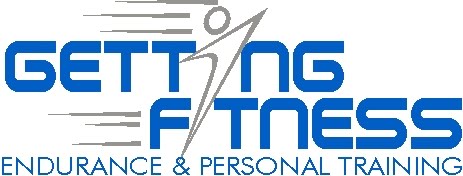I finished up my Base II block which emphasized working on my swim. I am pretty happy with the improvements made in the pool as a whole, despite 3 bouts of being sick for 2-3 days. After doing some self-evaluation and consulting with other endurance athletes I came to the conclusion that I wasn’t taking in enough calories which depleted my immune system and caused me to get sick. I’ve upped the amount of calories I’m taking in and things are going well.
This week I start my Base III block with an emphasis on the bike. I’ve been kind of dreading this block because my riding will be primarily done inside on my trainer. For those of you with experience riding on a trainer, it can be pretty boring and monotonous. At the same time, it allows you to work on specific parts of your cycling technique due to a very controlled environment and can build some mental toughness. My current bike fitness is really lacking now so I hope to be able to get outside to knock out a few 3 hour rides. If not, I’ll have to suck it up on the trainer. I will also work on some high cadence and big gear interval work which will improve my overall efficiency and my overall riding performance. So, at a high level this is what we’re looking at for the next 4 weeks:
3 swims
3 runs
4 bikes (1 high cadence focused, 1 bike gear focused, 1 long, 1 mixed)
2 weight training sessions
My goal is to spend between 6-10 hours on the bike during this period. Next task is to find some good movies to watch to pass the time :)

